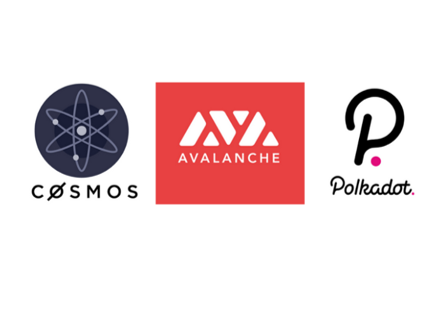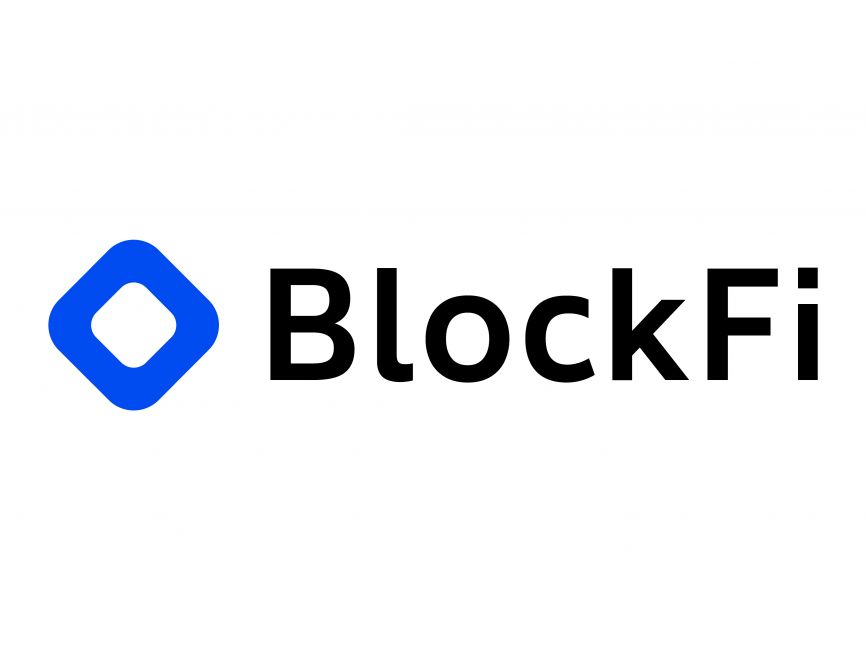

Table of Contents
Introduction
Cryptocurrency enthusiasts and investors have long been fascinated by the potential of blockchain technology. Ethereum, with its smart contract capabilities and expansive ecosystem, has been a dominant force in the space.
In recent years, Solana has emerged as a contender, boasting high throughput and low fees. The question on many minds now is: Will Solana take over Ethereum by the end of 2024? In this blog post, we’ll explore this question from various angles, examining the strengths and weaknesses of both platforms, as well as the broader trends shaping the crypto landscape.
The Rise of Solana
Solana burst onto the scene in 2020 with a mission to provide a high-performance blockchain platform capable of supporting decentralized applications (dApps) and decentralized finance (DeFi) projects. Its unique approach to scalability, using a combination of novel consensus mechanisms and parallel processing, quickly caught the attention of developers and investors alike.
Since its launch, Solana has seen explosive growth. Its native token, SOL, has soared in value, and the ecosystem has expanded rapidly with a diverse range of projects and protocols being built on the platform. One of the key factors driving Solana’s rise is its impressive transaction throughput, which far surpasses that of Ethereum. This high throughput, combined with low transaction fees, has made Solana an attractive option for developers looking to build scalable applications.
Solana’s success has not come without challenges. The network has faced occasional congestion and outages, raising questions about its long-term scalability and reliability. Additionally, while Solana’s ecosystem is growing, it still lags behind Ethereum in terms of developer adoption and project maturity.
Comparing Ethereum and Solana
To assess whether Solana could take over Ethereum by the end of 2024, it’s essential to compare the two platforms across various dimensions.
Scalability– Ethereum has long struggled with scalability issues, as evidenced by high gas fees and network congestion during periods of high demand. In contrast, Solana’s innovative architecture allows it to achieve much higher throughput, potentially enabling it to support a broader range of applications at scale.
However, Ethereum’s upcoming transition to Ethereum 2.0, which promises to improve scalability through the implementation of sharding and a move to proof-of-stake consensus, could level the playing field.
Ecosystem– Ethereum boasts the largest and most vibrant ecosystem in the blockchain space, with thousands of dApps, DeFi protocols, and other projects built on its platform. This rich ecosystem provides a significant network effect, making it challenging for competitors like Solana to catch up.
However, Solana’s ecosystem is rapidly growing, and its focus on performance and scalability could attract developers looking for alternatives to Ethereum’s limitations.
Adoption– Ethereum enjoys widespread adoption among developers and users, thanks to its early-mover advantage and strong community support. Many of the most popular DeFi projects, NFT marketplaces, and decentralized exchanges are built on Ethereum, further solidifying its position as the leading smart contract platform.
While Solana has made significant strides in terms of adoption, particularly within the DeFi space, it still has a long way to go to rival Ethereum’s dominance.
Technology– Both Ethereum and Solana employ innovative technology to achieve their respective goals. Ethereum’s use of smart contracts and the Ethereum Virtual Machine (EVM) has enabled a wide range of decentralized applications, while Solana’s unique consensus mechanism, Proof of History (PoH), allows for high throughput and fast transaction finality.
Each platform has its strengths and weaknesses, and the ultimate winner may depend on which technology proves more adaptable and scalable over time.
The Future of Blockchain
As we look ahead to the end of 2024, it’s clear that the competition between Ethereum and Solana is just one aspect of the broader evolution of blockchain technology. Other contenders, such as Binance Smart Chain, Polkadot, and Avalanche, are also vying for market share, each with its unique strengths and weaknesses.


Ultimately, the success of any blockchain platform will depend on its ability to attract developers, users, and investors, as well as its capacity to adapt to changing market conditions and technological advancements. While Solana has made impressive strides in a relatively short period, Ethereum’s entrenched position and massive ecosystem present formidable challenges.
Conclusion
So, will Solana take over Ethereum by the end of 2024? The answer is uncertain. While Solana’s performance and scalability advantages make it a formidable competitor, Ethereum’s established ecosystem and widespread adoption provide significant barriers to entry. The next few years will undoubtedly be crucial in determining the future landscape of blockchain technology.



